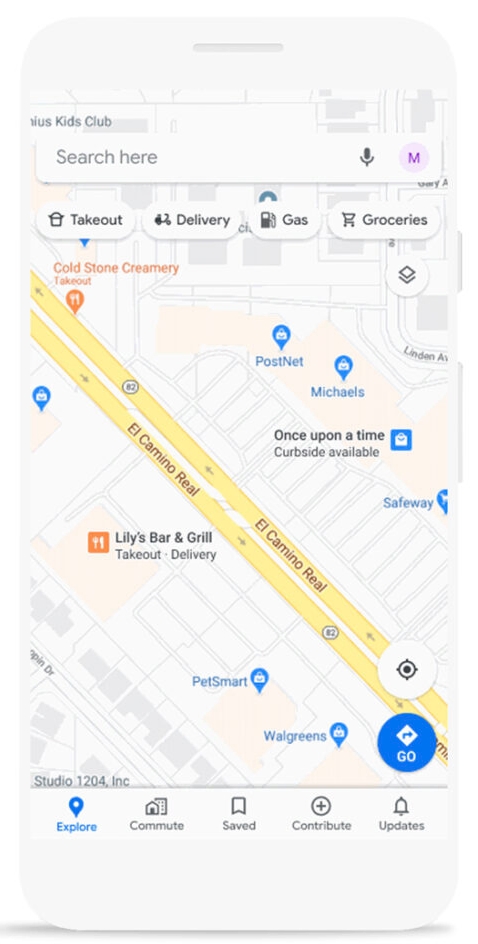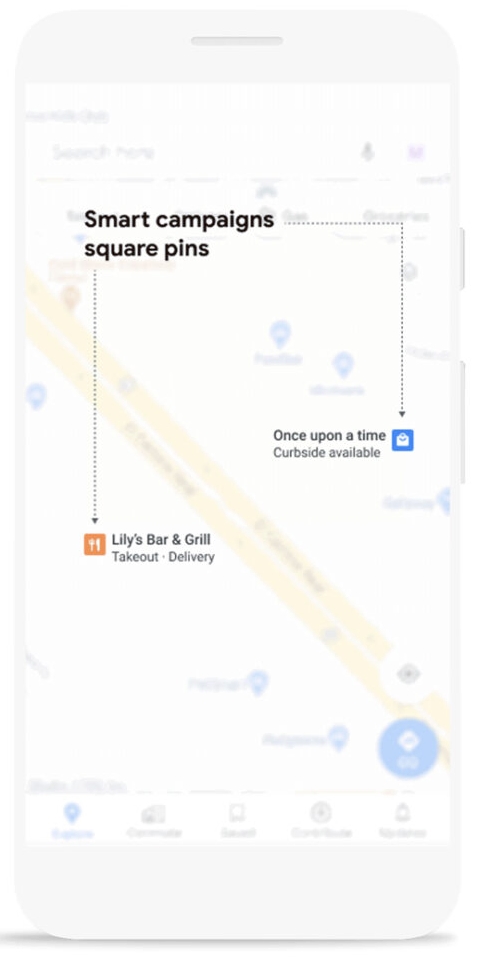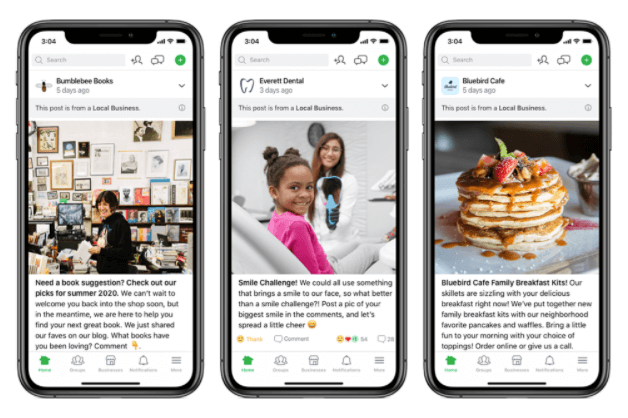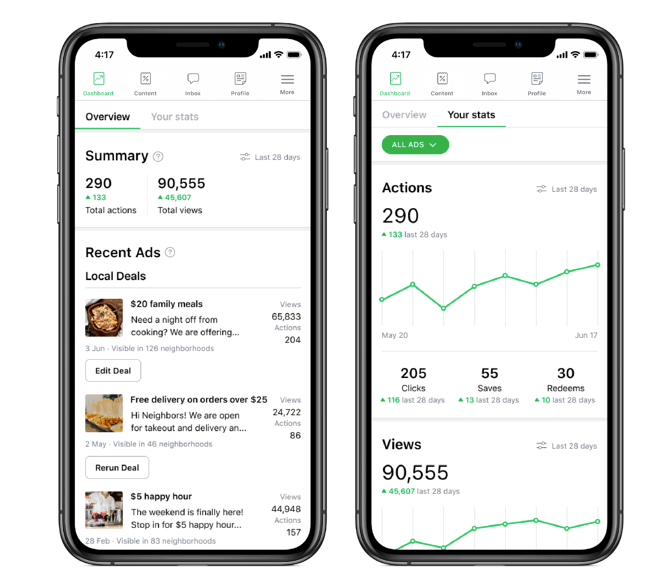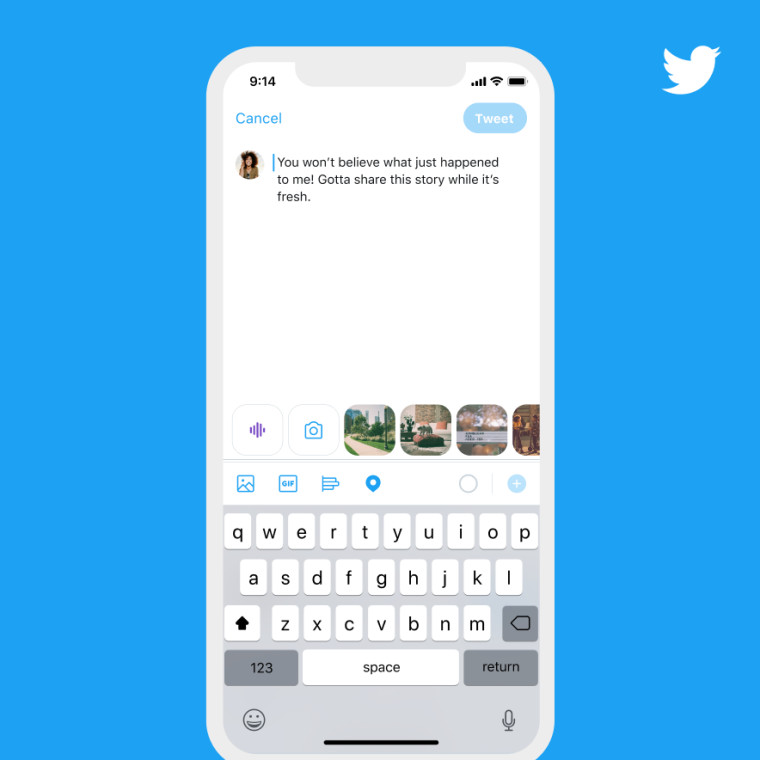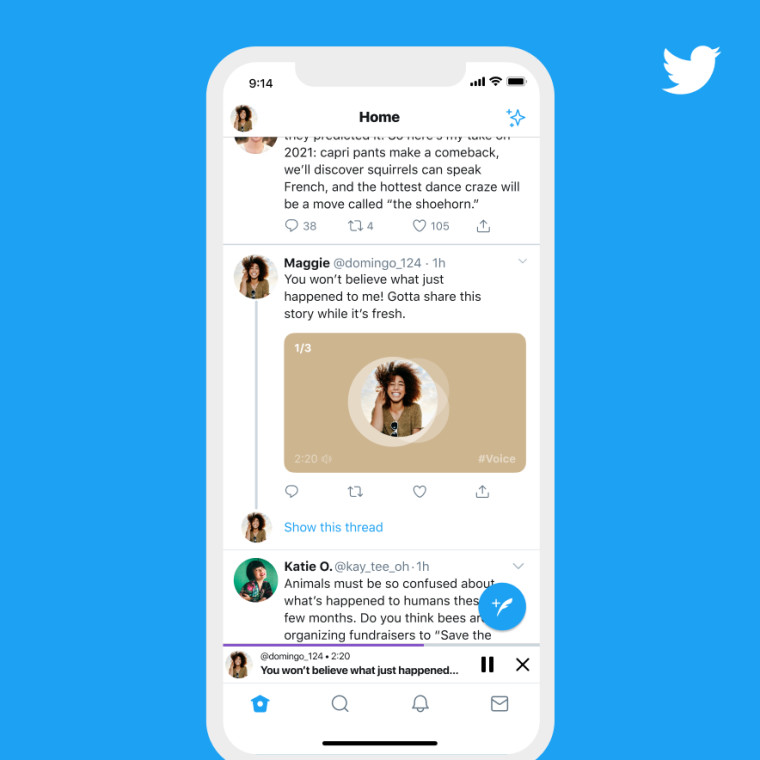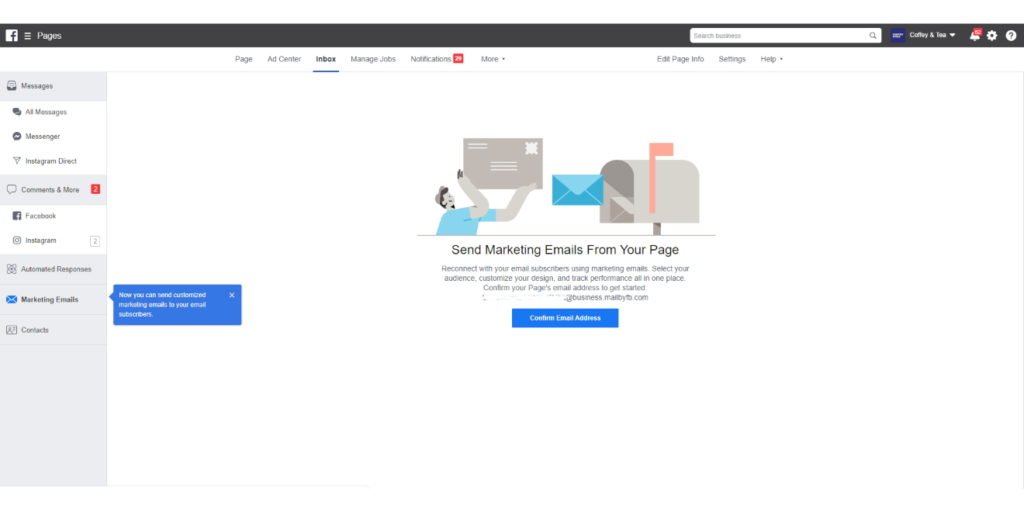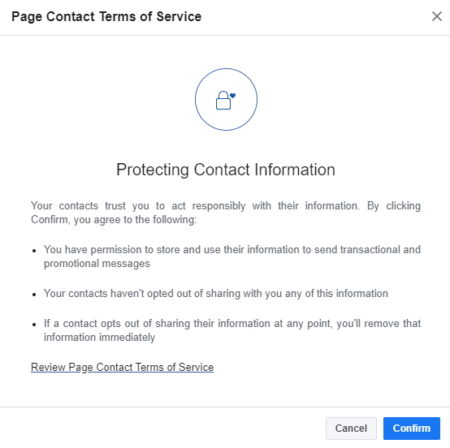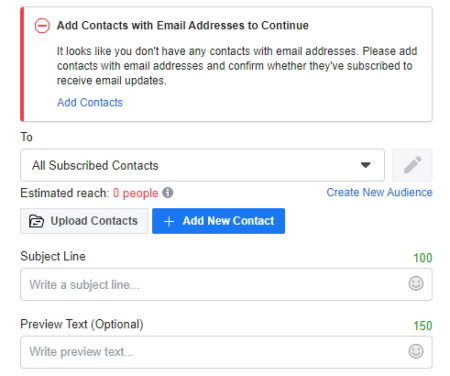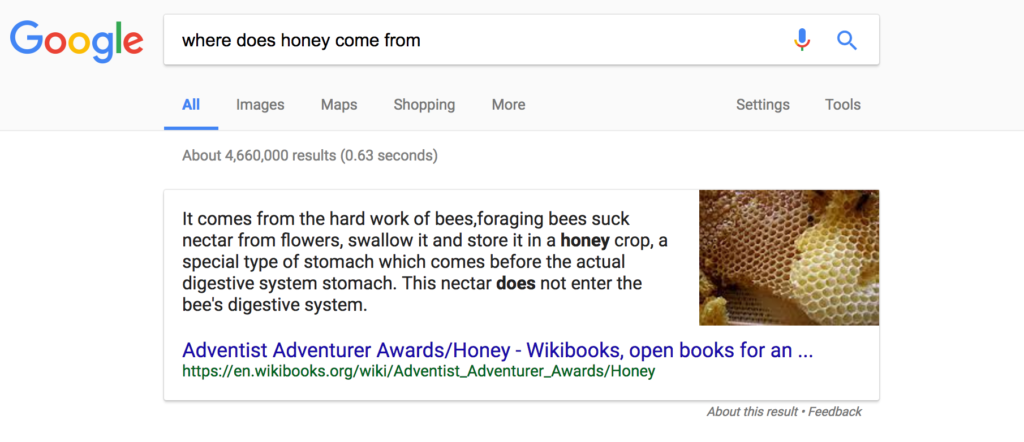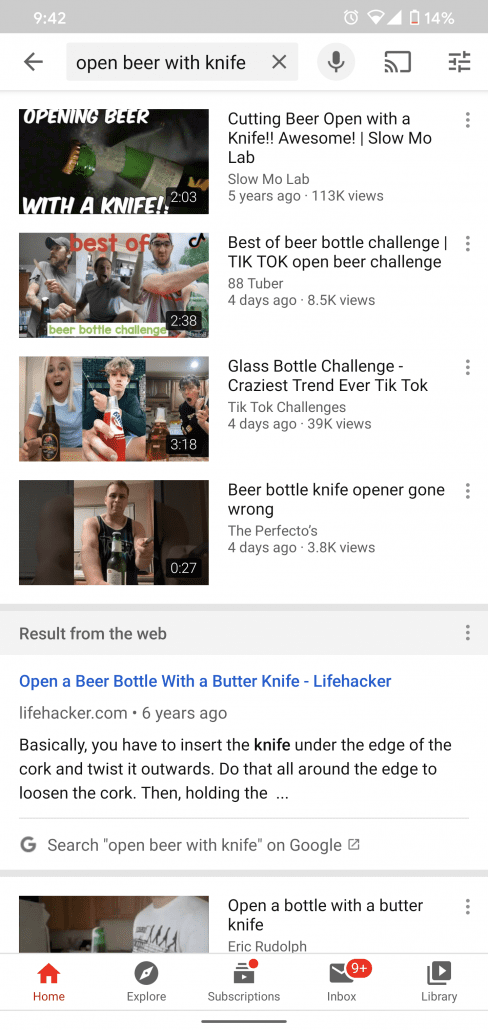LinkedIn has seen a swell of new content creation, consumption, and engagement this year, as many work to make the most of the recent months of lockdowns and reduced business – according to the company’s Director of Brand and Consumer Marketing.
In an interview with Social Samosa, Srividya Gopani noted that while the platform was already seeing growth this year, it has received a massive surge since the onset of the COVID-19 pandemic:
“We are seeing a 55% year-over-year increase in conversations among connections globally, since March 2019. Members are increasingly reacting, commenting, resharing and replying to comments as they look to reconnect with their network and share advice and tips that can help them navigate this novel working environment together.”
Srividya Gopani/Social Samosa
This has also been tied to a 60% year-over-year increase in content creation for the LinkedIn during the same time.
Specifically, Gopani said users are working together to provide advice, spread word about jobs and internships, and connecting with other professionals to assist each other during this time.
Similarly, the company has seen an increase in the amount of time people have spent with LinkedIn’s online learning courses.
In March alone, Gopani says users watched more than 4 million hours of courses.
“As the world’s largest professional network, we are recognizing that we are uniquely positioned to encourage members to build the right expertise, gain relevant skills and knowledge, and make the right connections at this time.”
Srividya Gopani/Social Samosa

